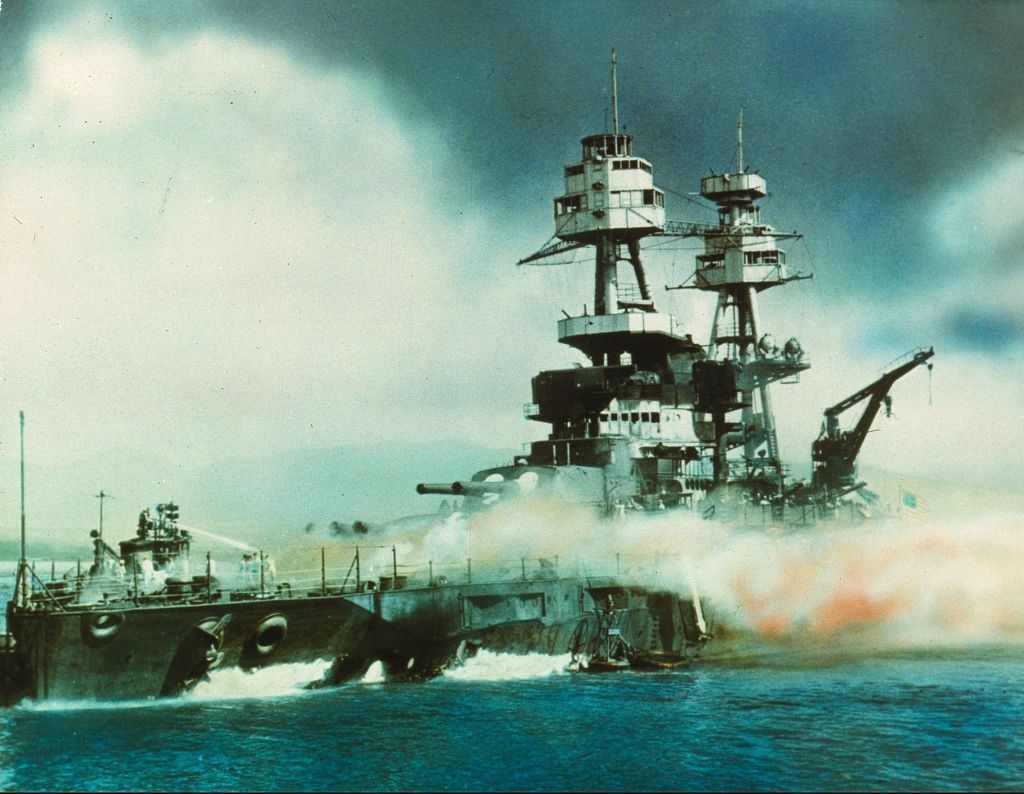William Henry Pratt, who survived the 1941 surprise attack on Pearl Harbor and a series of dangerous patrols aboard a submarine during World War II, died Jan. 23 in Fresno, California. He was 103.
At the time of the attack, Pratt was aboard the battleship USS Nevada, the only warship that managed to get underway in the midst of the flaming carnage on Battleship Row.
His brother, Bazil, who served beside him aboard the Nevada, also survived. Pratt’s death was announced in a Facebook post Thursday by Pacific Historic Parks.
The native of Bloomington, Illinois, had been among just over a dozen still-living veterans who survived the Japanese attack that killed 2,335 service members and 68 civilians on Oahu on Dec. 7, 1941. As adulthood beckoned, joining the military was a compelling choice for a generation raised during the Great Depression, Pratt told Hometown Heroes Radio in 2021.
“That was the only paying job a young guy could get,” Pratt said of the Navy.
After boot camp, he was assigned to the USS Nevada, a 583-foot battleship in service since before World War I.
Pratt was below deck the morning of Dec. 7.
“I began to hear bombs going off, but of course I didn’t know they were bombs,” he said. “I started to go up topside to see what was going on when general quarters sounded.”
With that, Pratt raced to his battle station in a propeller-shaft room in the lowest deck, where he was sealed in by watertight doors. His job was to ensure that the automatic lubrication of the shaft continued, and, if it didn’t, oil it manually, he said.
Shortly after the attack began, the ship lost power and Pratt was plunged into utter darkness.
“It was dark and it was scary because I didn’t know what was going on,” he recalled. “We were listing to the side because we’d been hit on the port side. Torpedo planes had gotten to the port side.”
Pratt thought the end had come.
“I really thought it was over,” he said.
Eventually, the ship’s generators brought light back to the lower decks.
Unlike other ships in Battleship Row, the Nevada was not snugly moored to sister ships, and was able to get underway, despite being pummeled by bombs. The ship was grounded on a sandy beach in the harbor to prevent it from sinking or blocking passage.
“They gave me, all of us, rifles and told us to shoot at anything that moves,” Pratt said, adding that many expected a Japanese invasion force would land following the aerial attack.
Sixty men died and another 109 were wounded on the Nevada that day.
Later in the war, Pratt served aboard the submarine USS Tuna, which was credited with sinking numerous Japanese ships, including the Kurohime Maru in March 1943 and the Takima Maru in May 1944.



